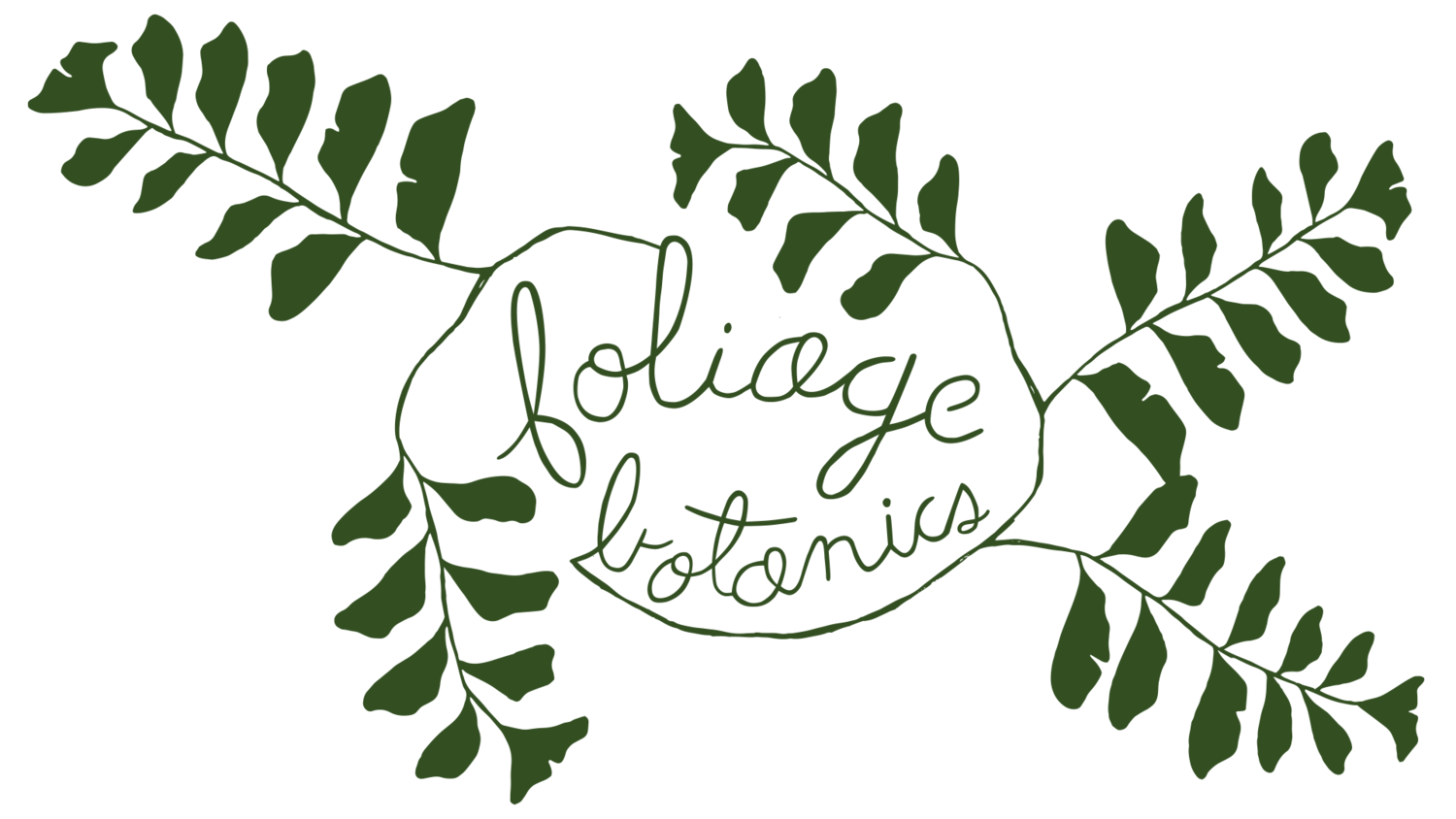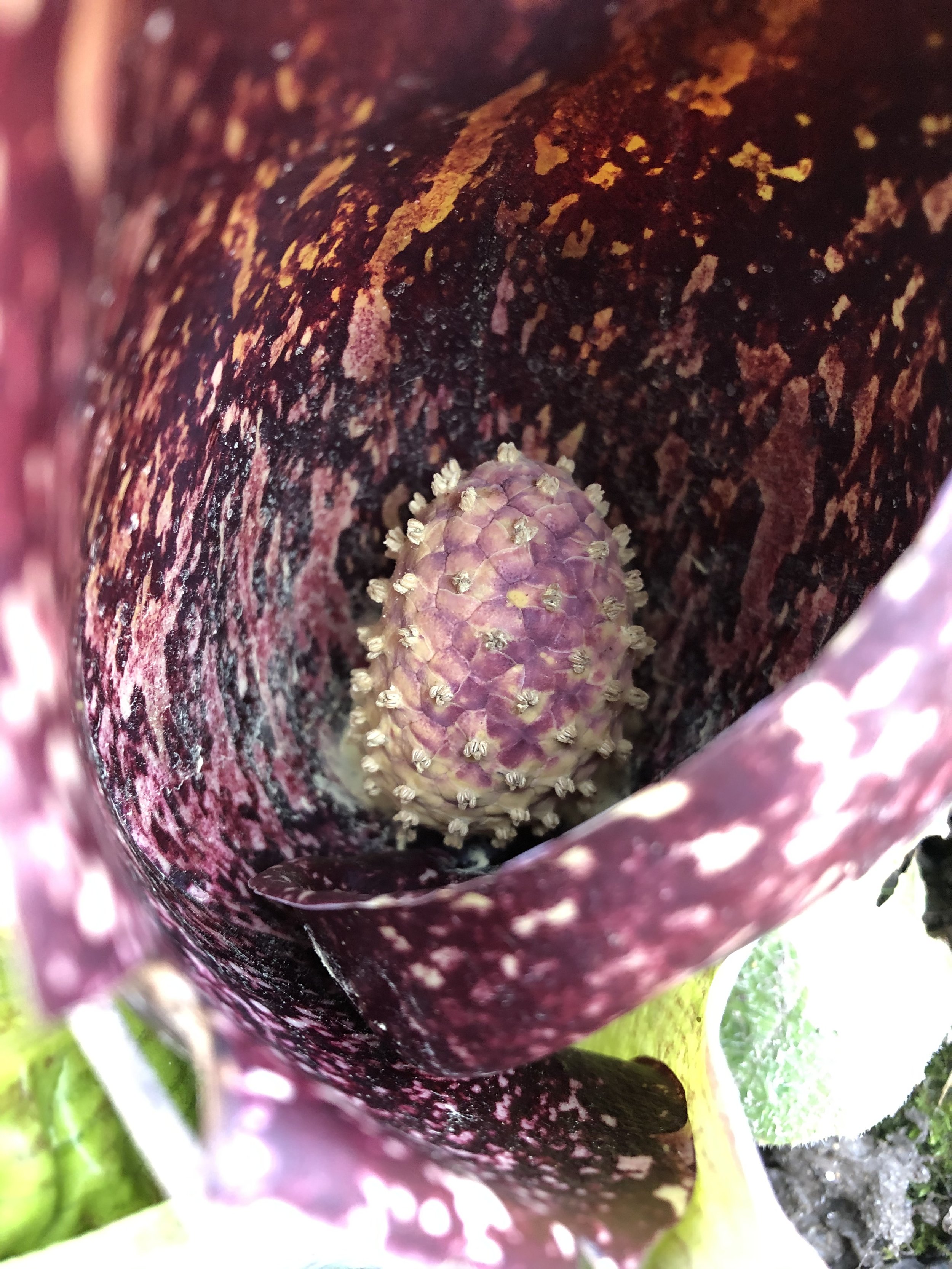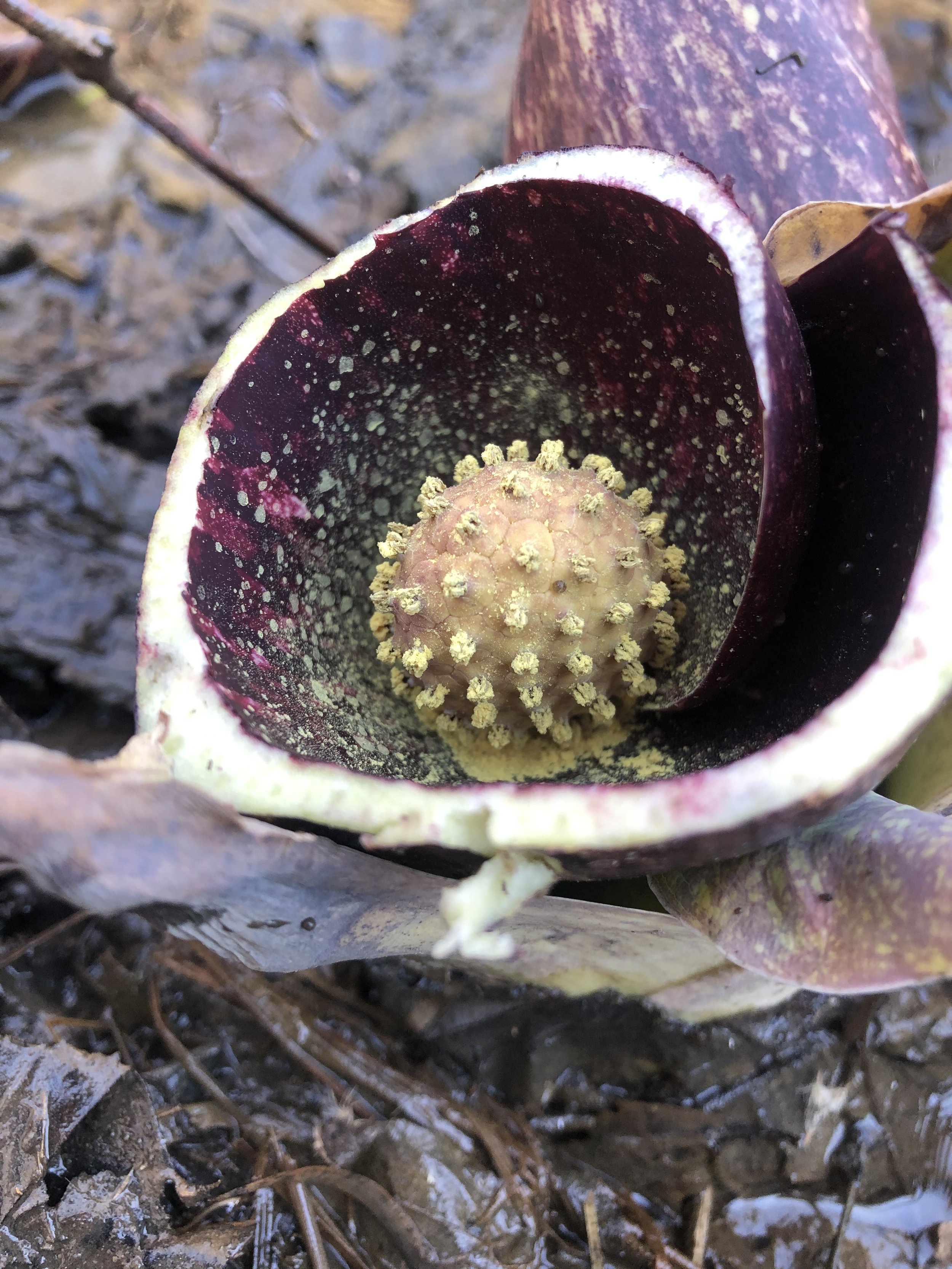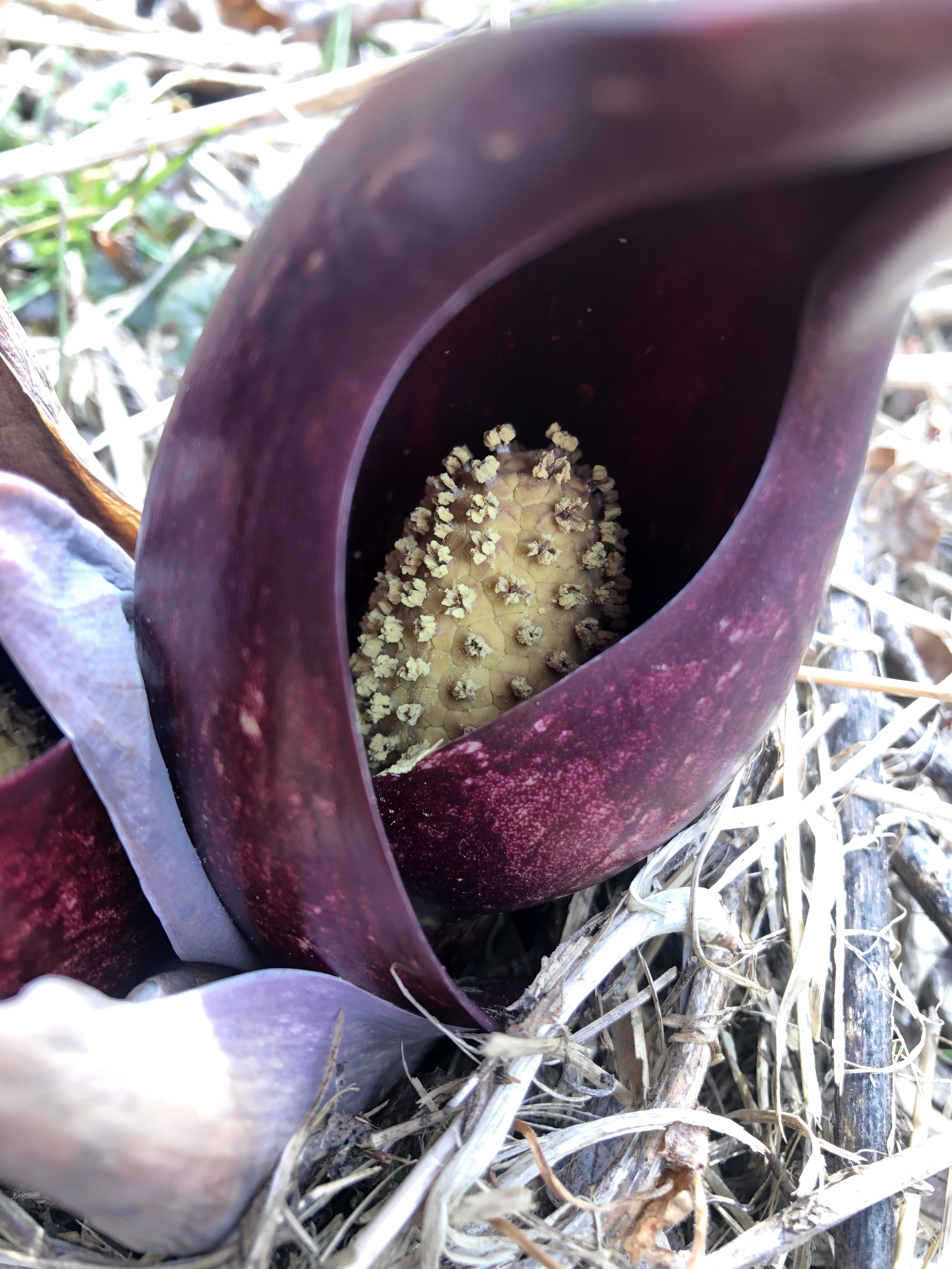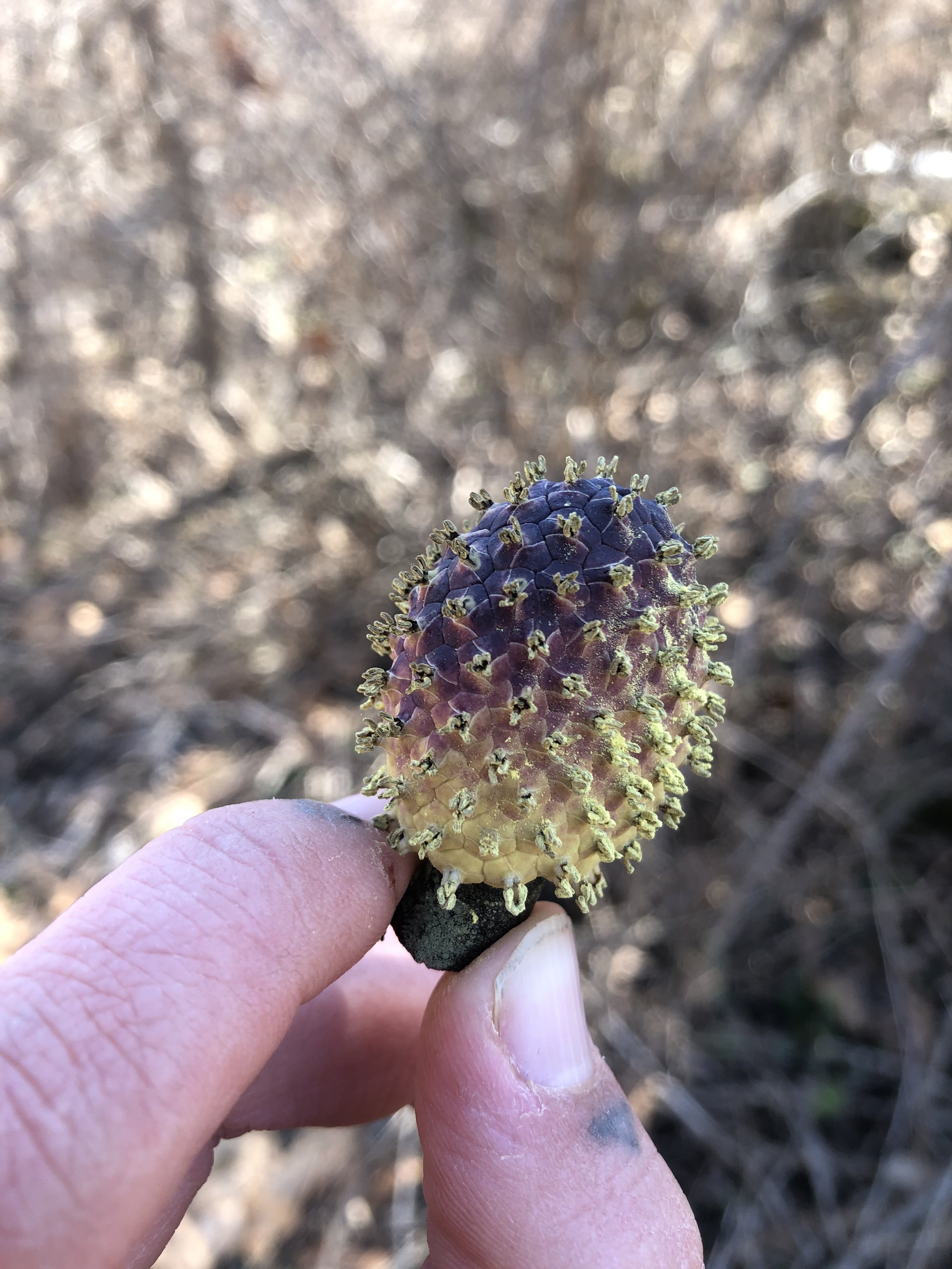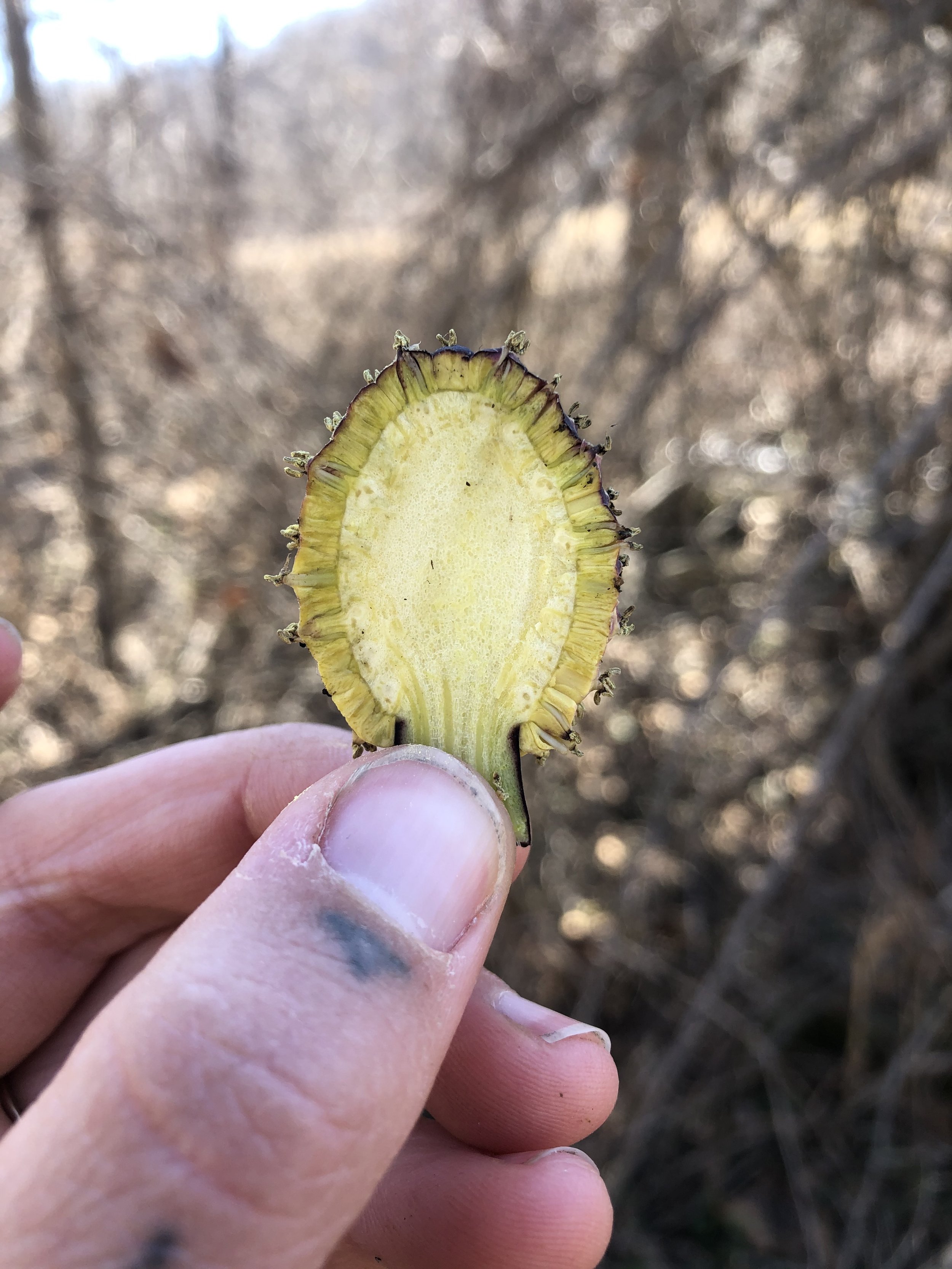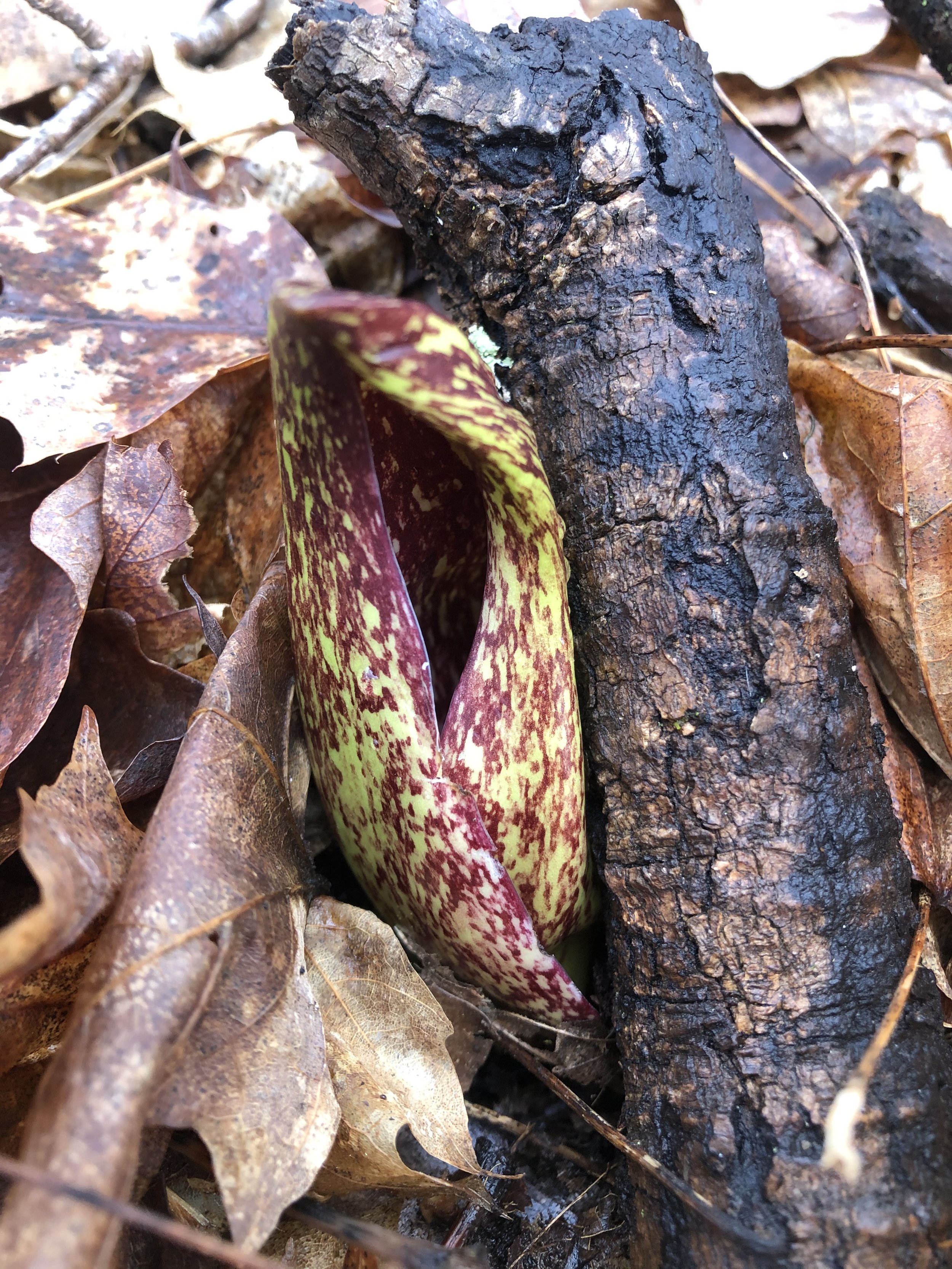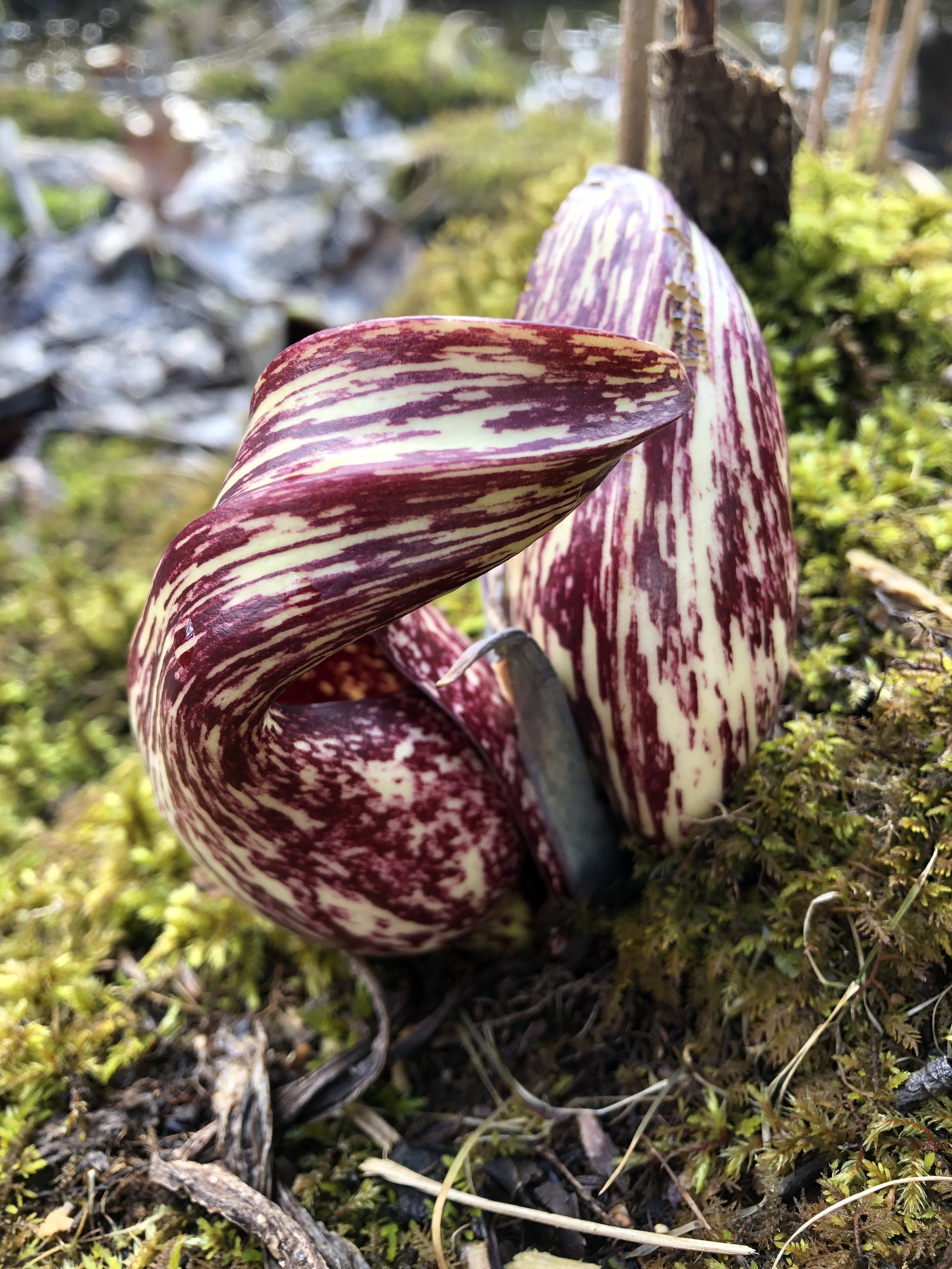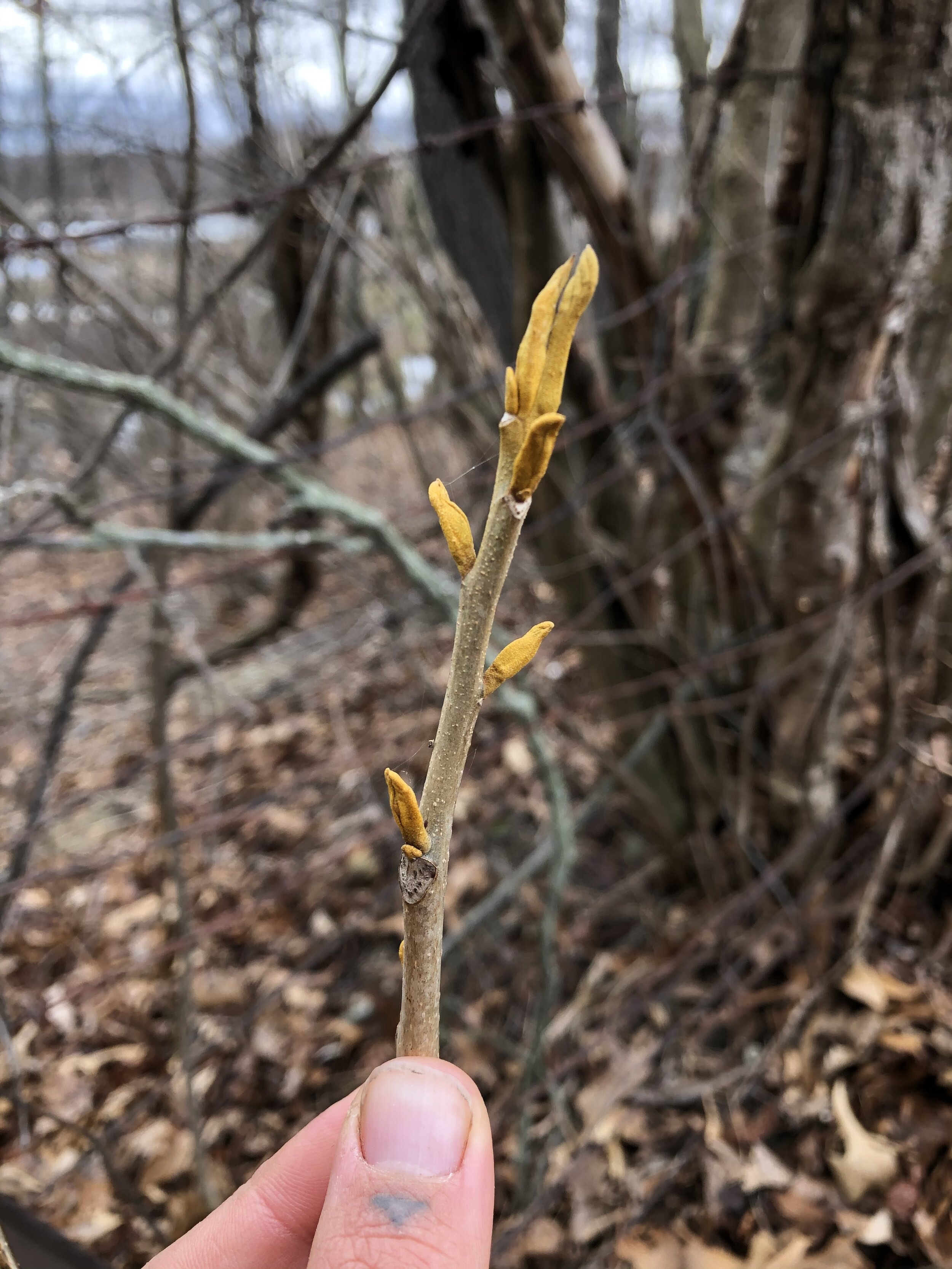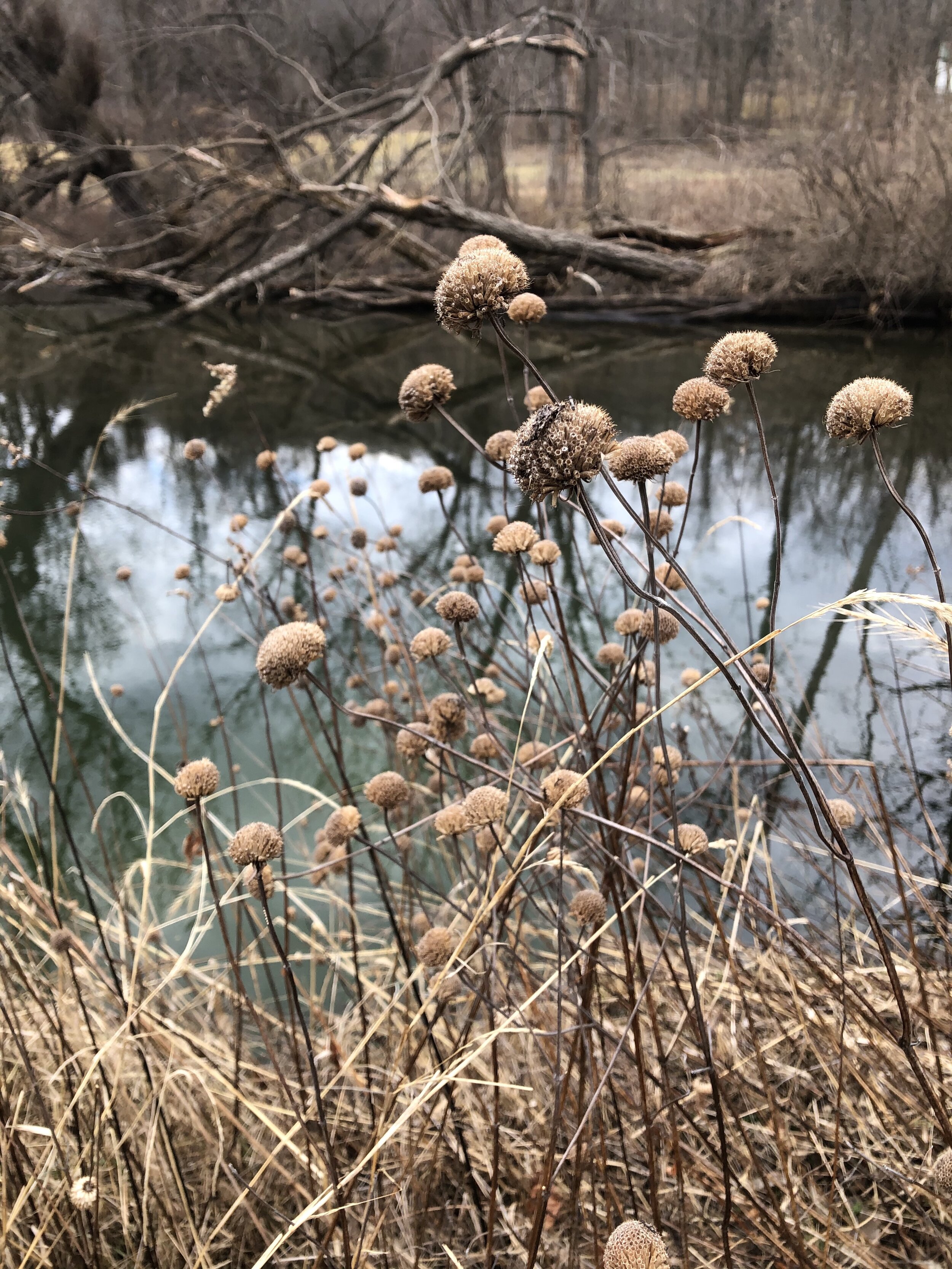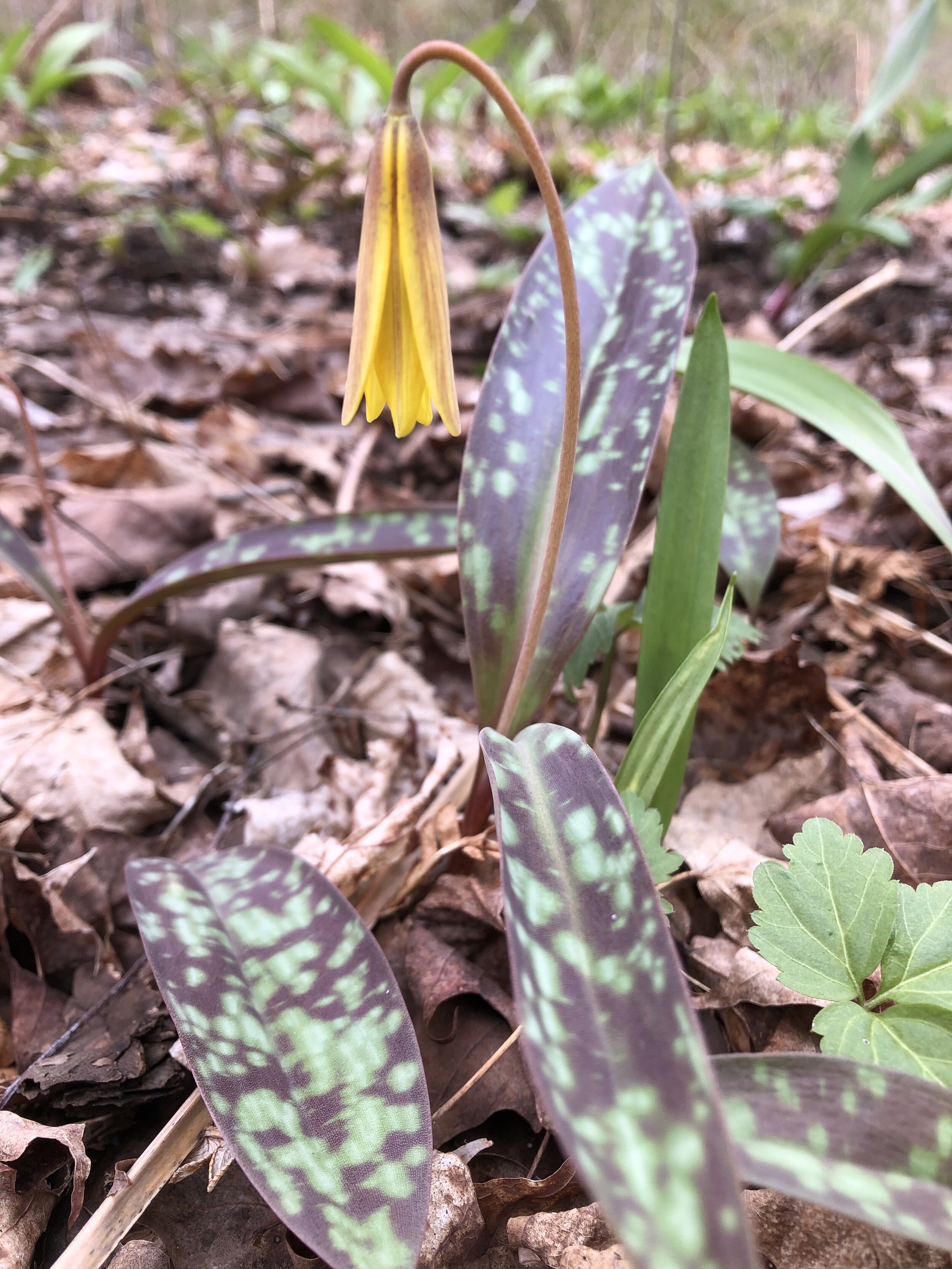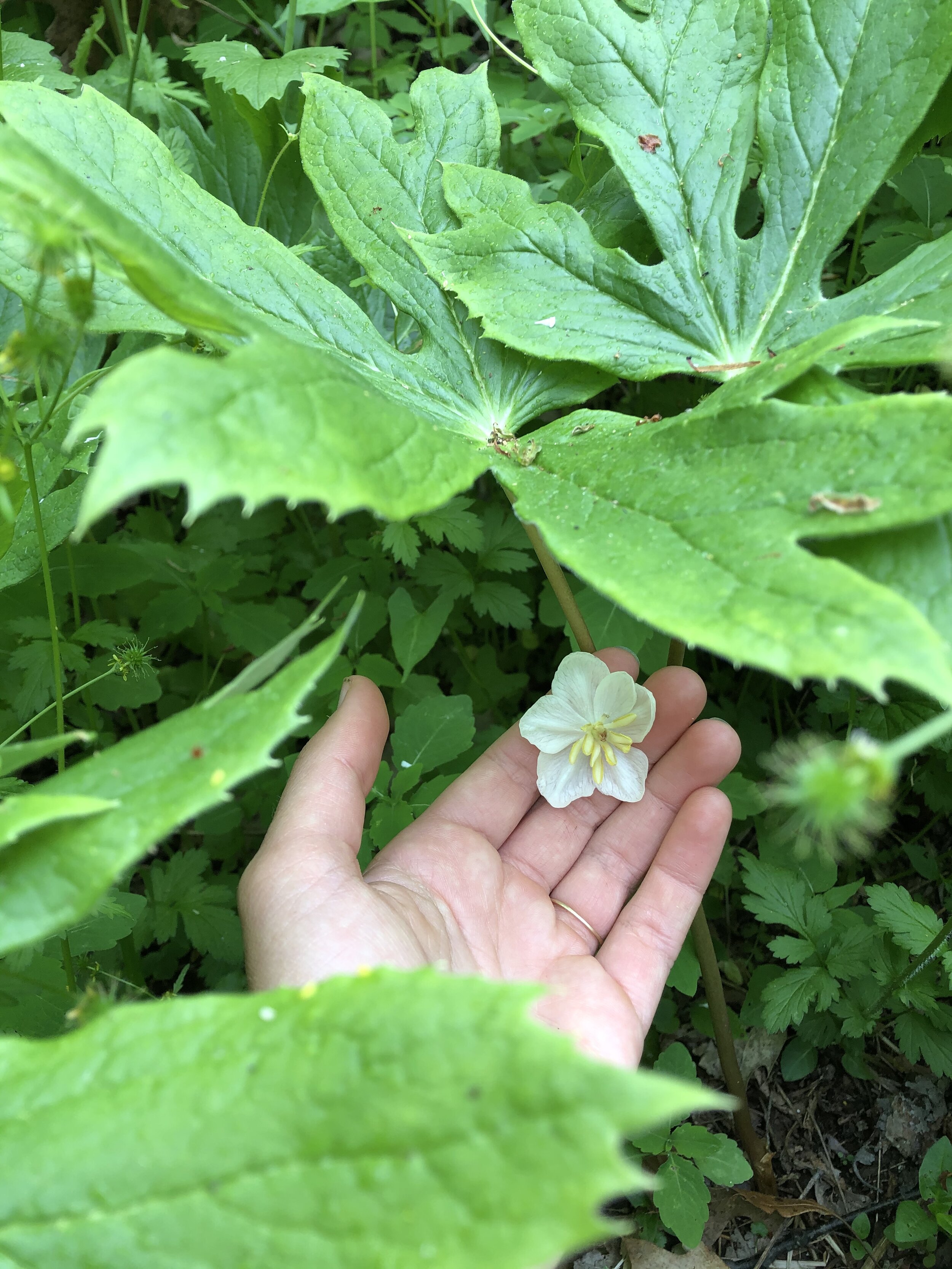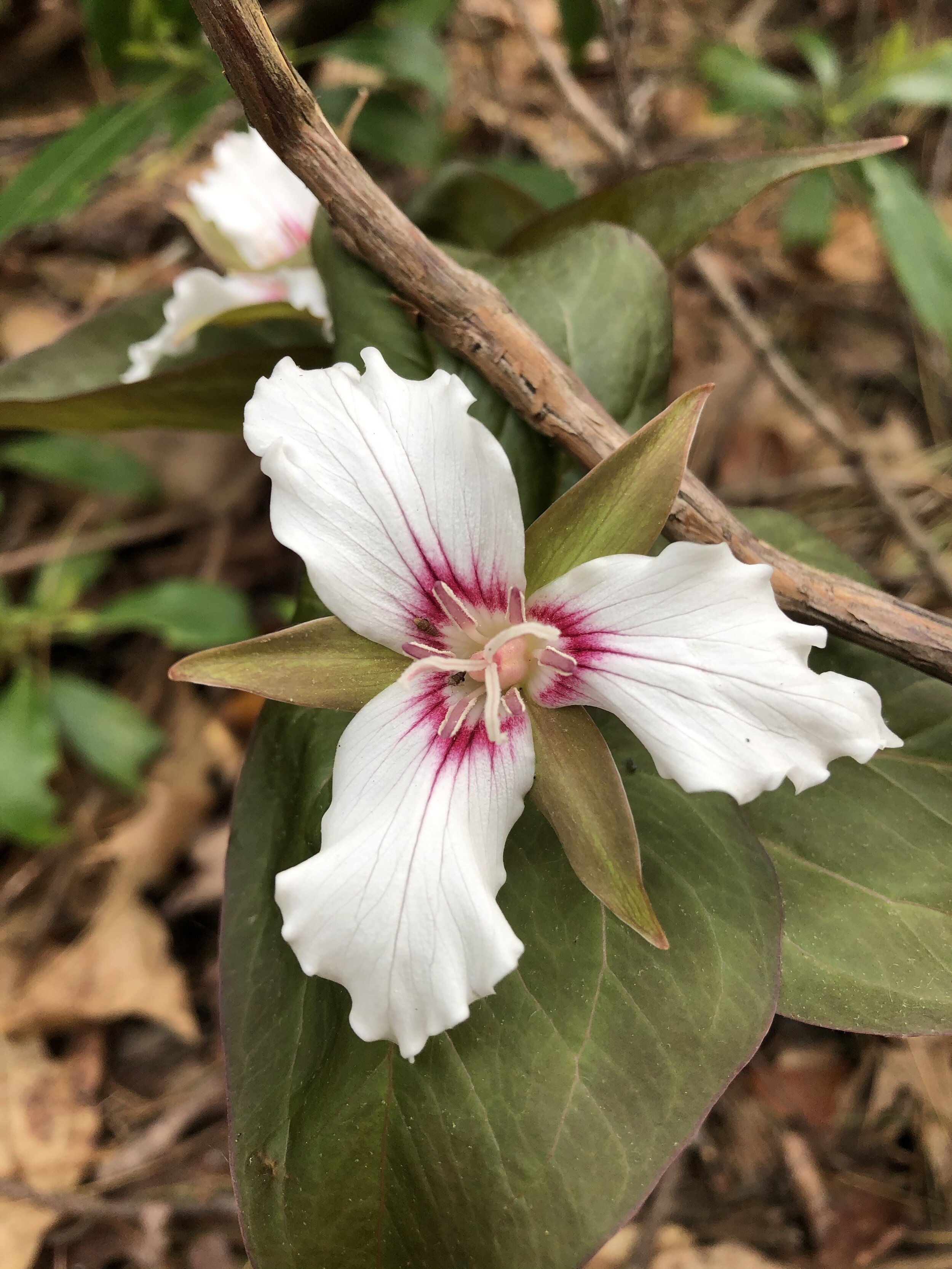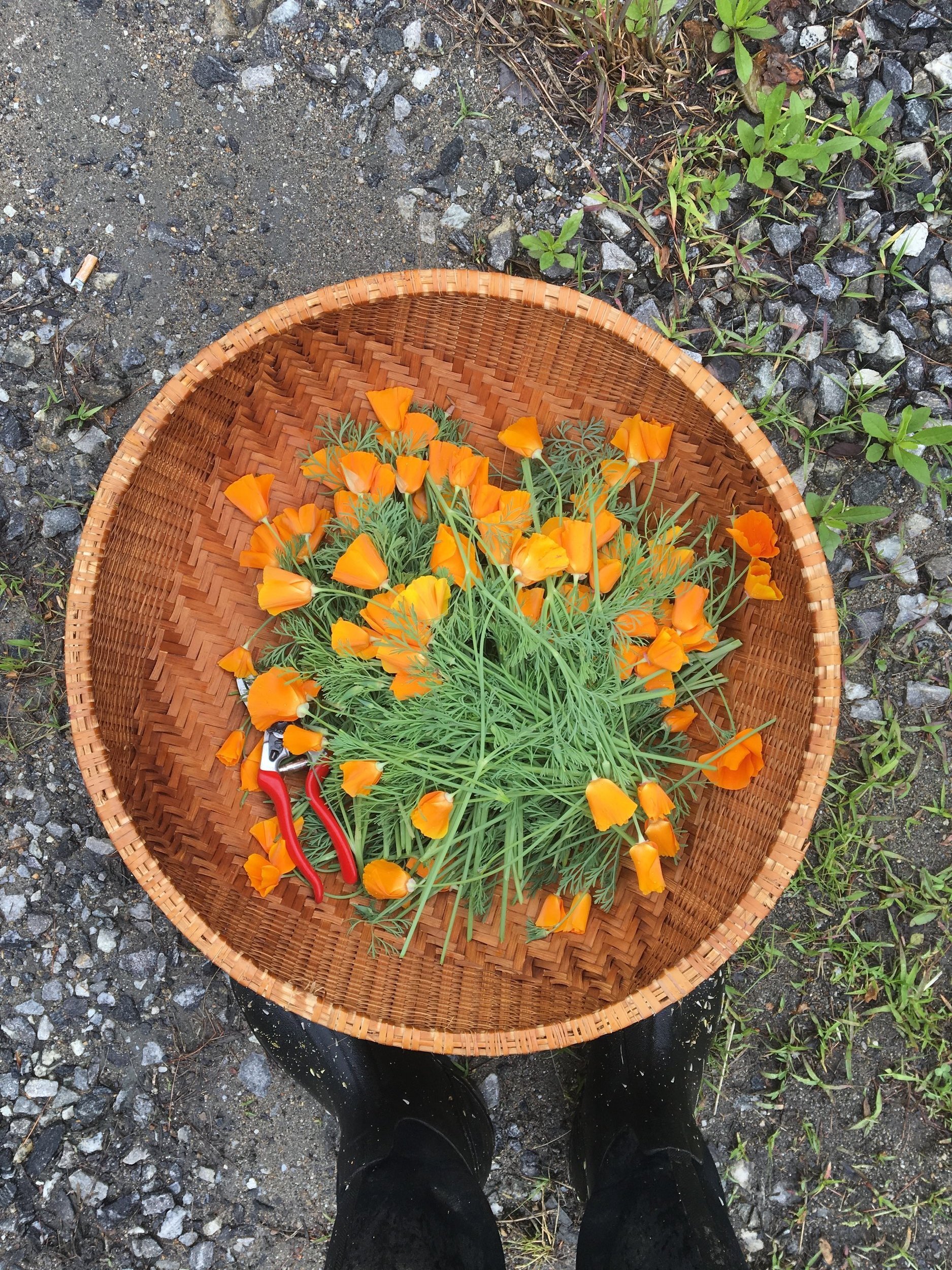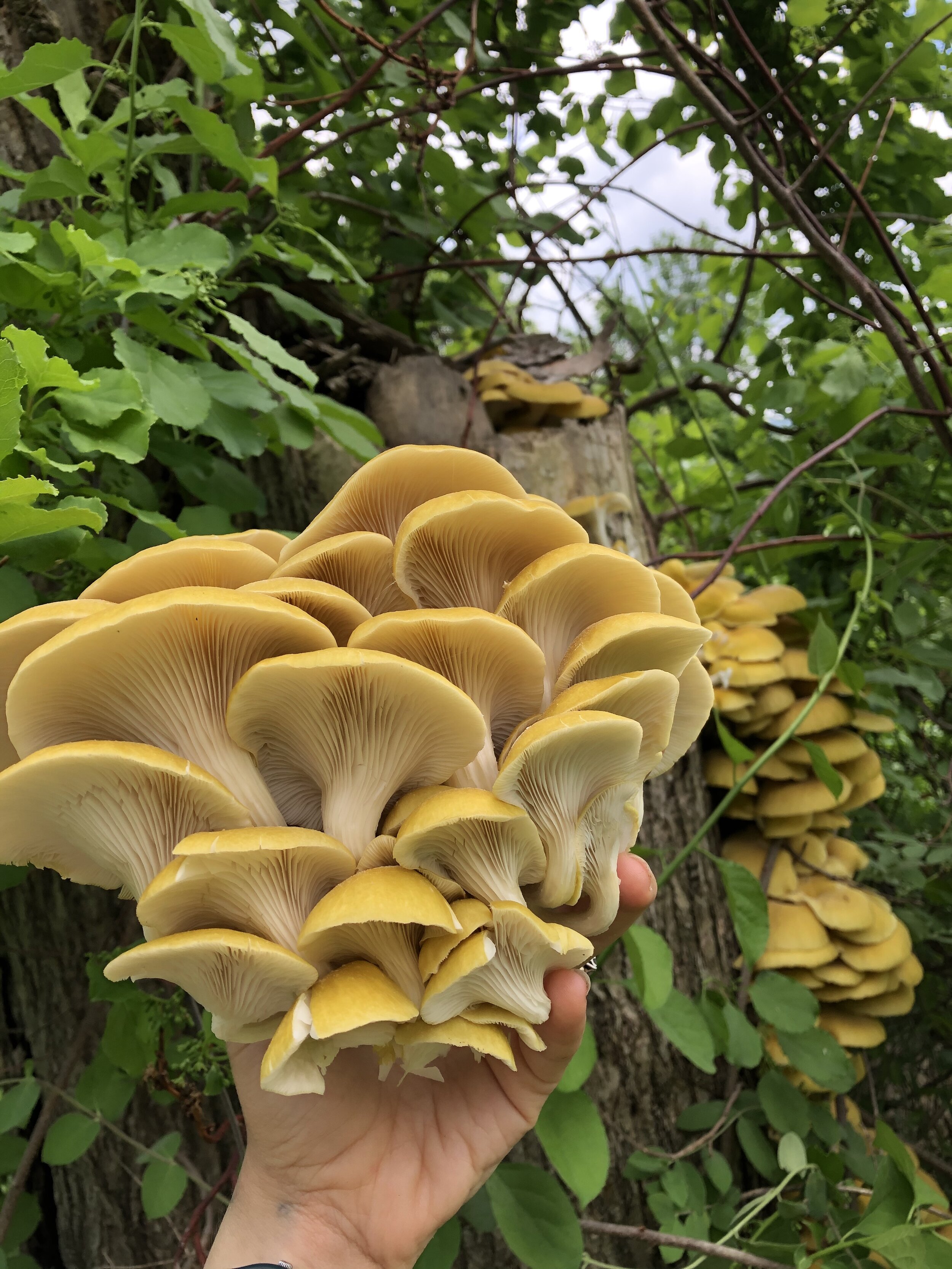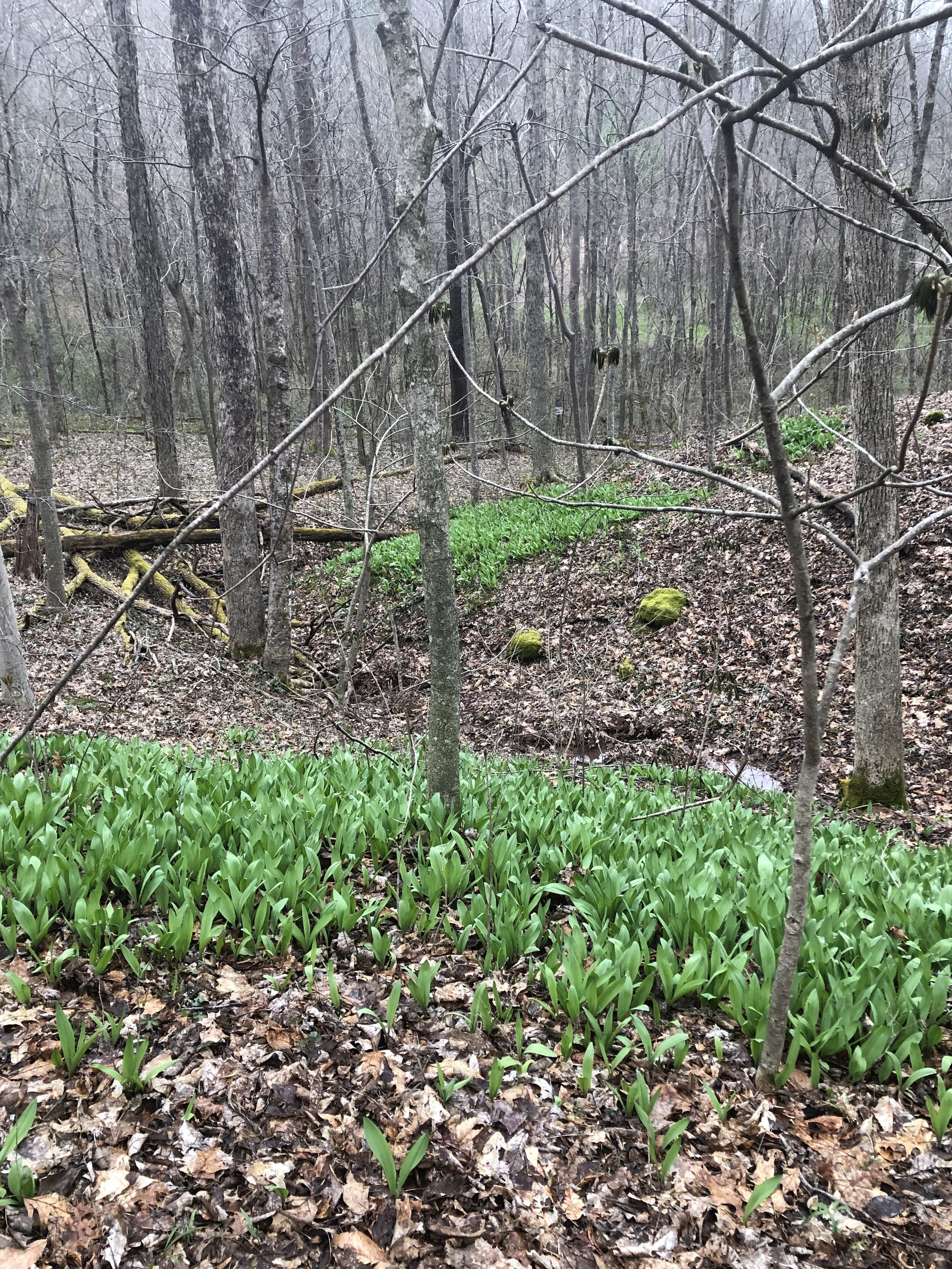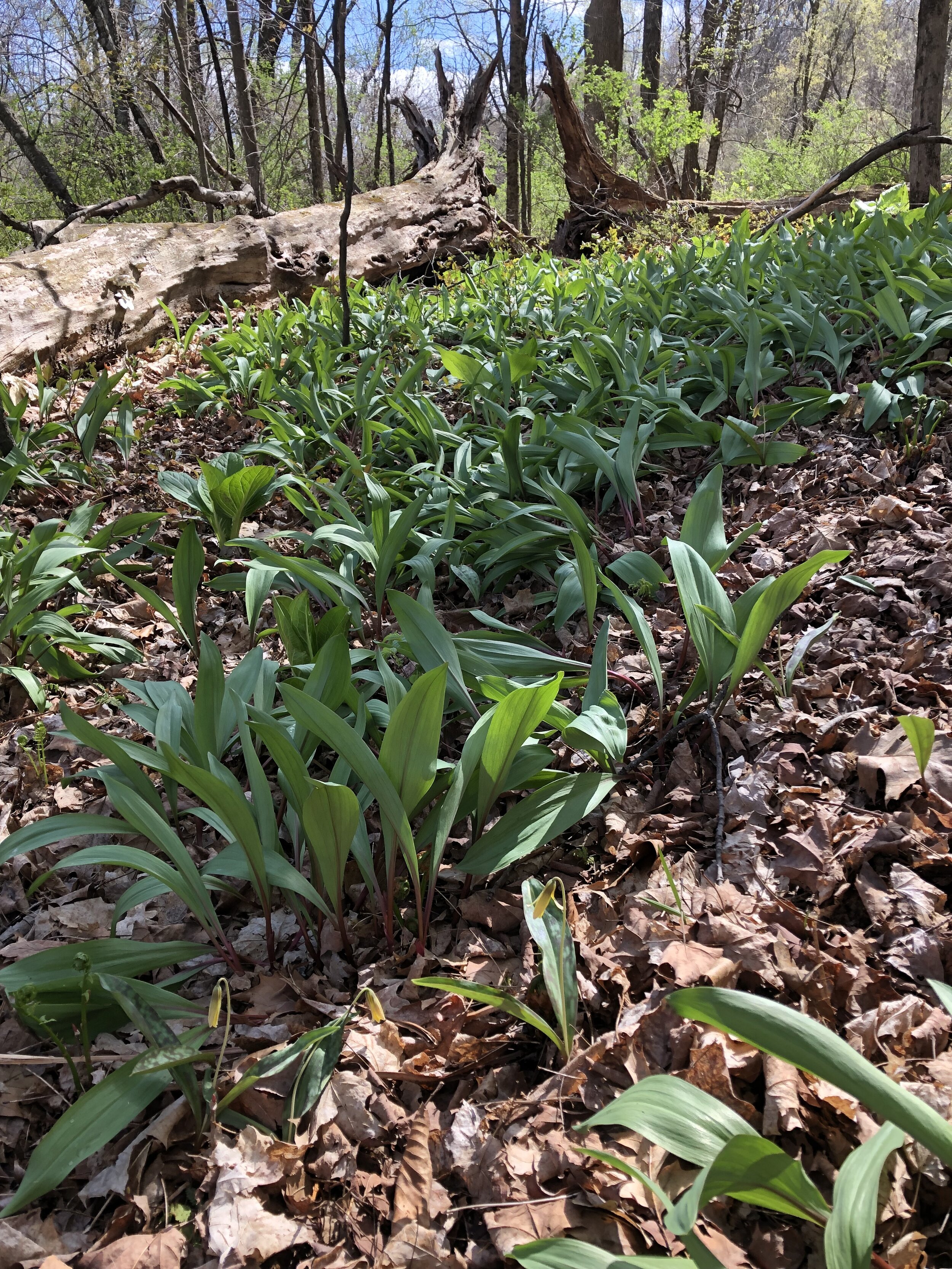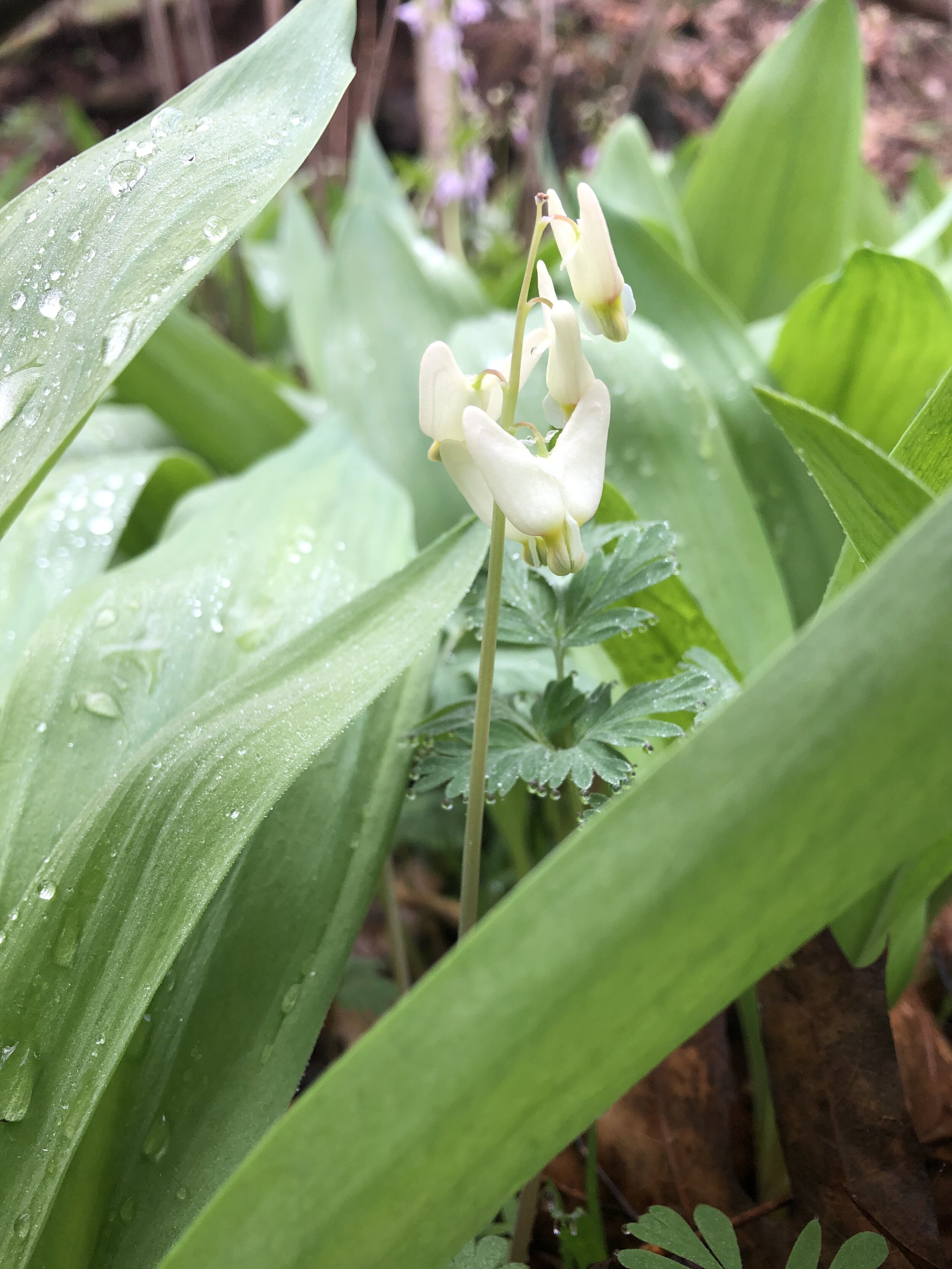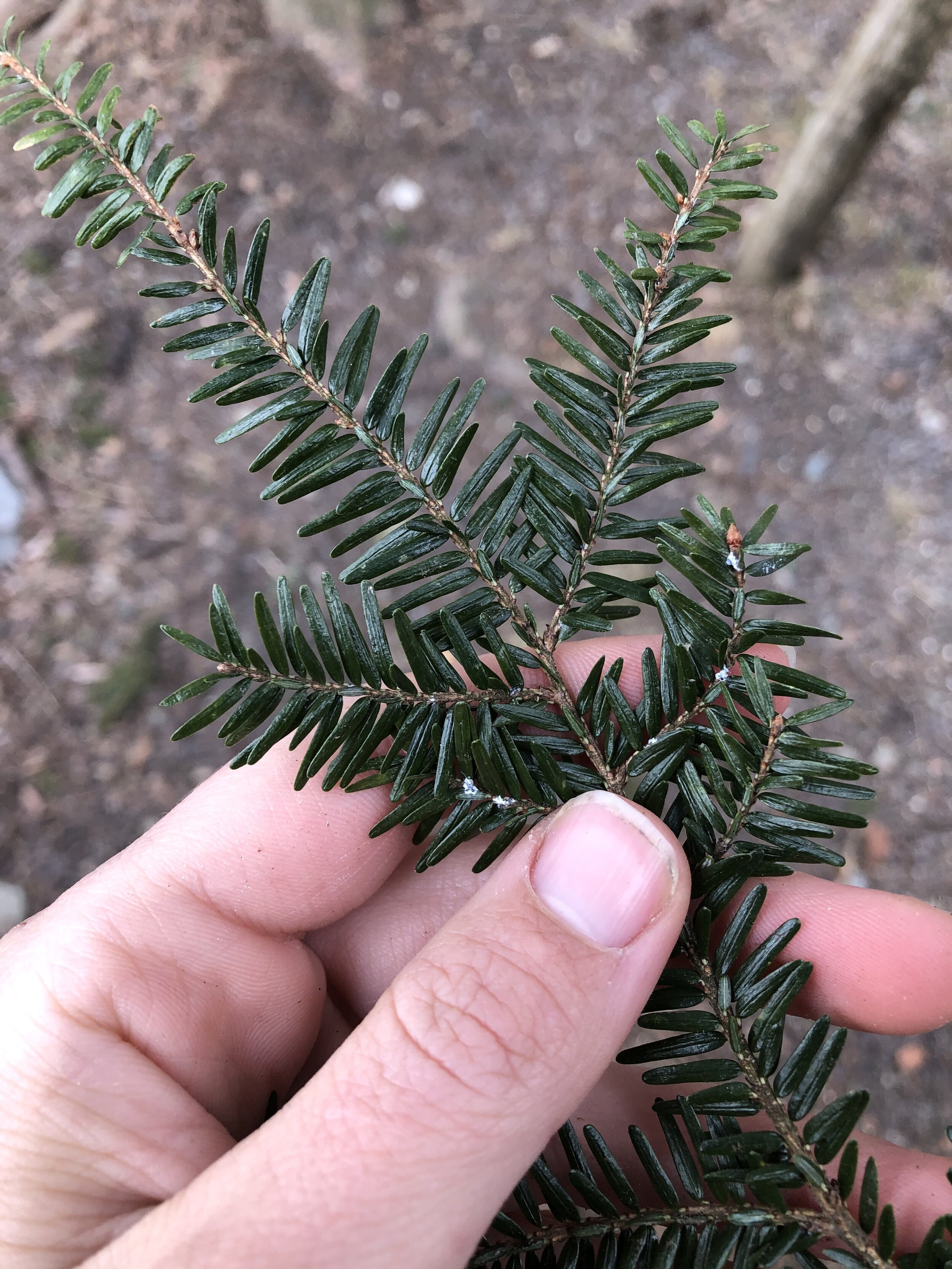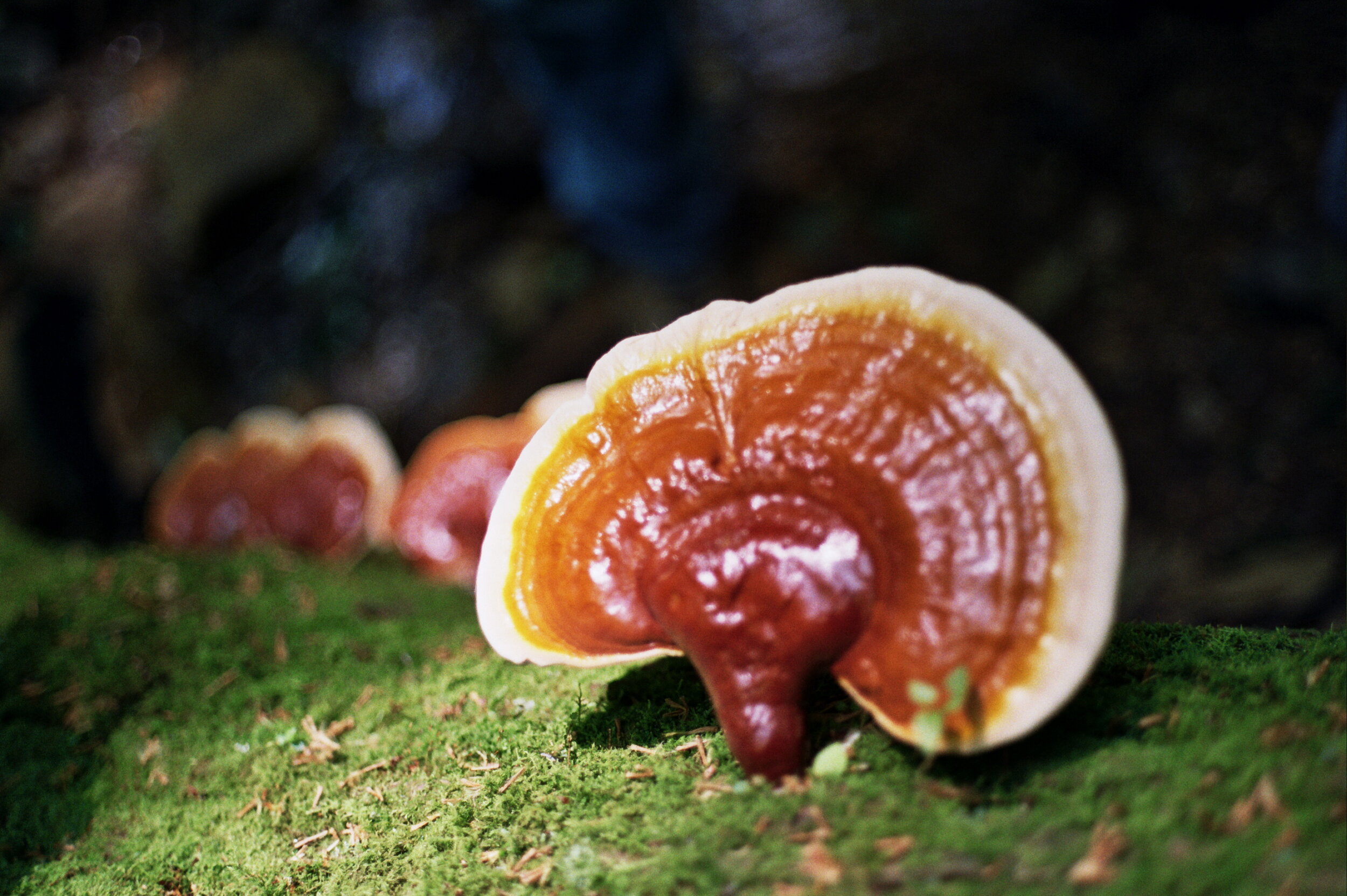Why forage? Why wildcraft? Why learn about plants, use herbal medicine or eat wild foods? This winter I’ve been doing a lot of visioning and these questions, all focuses of my work and my life, have come up. Why do I do what I do, for one thing, but also why am I invested in sharing it? And why should people care, show up for this and learn?
The first thing I’ll say is that I’m a believer in bioregional herbal medicine. I don’t believe in an industry that centers on shipping plant matter all across the globe in plastic bags—who knows who grew it or chopped it down, how much was used, how many taken, and what was the ecological impact. It’s really hard to truly know. I’m not an advocate of essential oils, tiny expensive bottles of exotic plant scents that contain thousands of plant lives in just a few measly milileters. This is not the herbal medicine I believe in and this year I’m going completely essential oil free.
So when I say bioregional or often the term I use is “place-based” I mean medicine and food just outside the door, plants that live and thrive in our particular climate, decorate our hillsides or skulk quietly around the edges of our gardens. With this place-based mentality, our medicine and food, we can go out and gather it; it’s something accessible, something that we can form a relationship with, in person, skin to leaf, nose to flower, hands running the grooves in the bark, the kind of relationship our ancestors all had. This might sometimes mean planting and growing the plants ourselves or maybe a nearby friend or farm does and shares in the bounty—these obviously won’t be wild foods and herbs, but still we build a real relationship with our sustenance and with the land. Some people will argue for a deep spiritual element, maybe even say it has to be part of it. I don’t so much feel like that is required, or required in the way that it has to look a particular way for everyone. But I will say that for me, in the forest, I feel closer to a god than I ever felt in a church.
This also means that there’s a seasonality to our food and medicine—that we must learn, change, grow, and eat with the seasons. There are seasons to our bodies as well as to the land, and it’s an exciting practice to merge the two and live accordingly. It’s fun and exciting and deeply empowering to step outside and collect wild strawberries growing along the path or clip a few twigs off a black birch to boil into tea or spend some quiet contemplation hours plucking the bright yellow heads off the pesky dandelions in your neighbor’s yard to make into wine you can sip in winter while you wait for spring to come back.
This leads me to the inevitability in this craft of having to learn to lean into the fact that those wild strawberries are momentary treasures, and we have to be paying attention to catch them ready to eat and then wait one whole year to taste them again—and we have to live with that. We’re not used to waiting in our culture, rather to feeding our cravings by popping over to the store to grab our plastic carton of strawberries whenever we want, mid-December even. This can be the disappointment factor for some who are used to the same foods they love being available whenever they have the urge, or one could argue that makes this type of living and eating difficult, unsustainable even. Preservation comes hand-in-hand with seasonal wild gathering, an added exciting, mind-stimulating activity as we experiment with collection, processing—drying, pickling, fermenting, powdering, fruit leathering—and storage.
The question as to whether it’s sustainable? Well, it requires effort on our part, moving our bodies and using our minds, but what it doesn’t require is being shipped around by trucks and airplanes and other-gas powered devices, pumped full of chemicals we can’t pronounce to keep it fresh on top of what it was sprayed with while growing to keep it looking the “right” way, and then shrink-wrapped to a piece of styrofoam and handed to you inside another plastic bag plus another one for good measure so it maybe doesn’t drip water in your car that you drove half an hour to go pick it up. If that’s not the definition of unsustainable then I’m not sure what is.
On an herbal level the sense of empowerment transcends into health and healthcare because when we start to learn about turning plants into medicine, we start to learn about how to use it. We start to learn about our body, the way it works, the things it needs, its patterns and rhythms. And then we start being an advocate for it, in every sense of the word and in every setting we find ourselves. Food becomes medicine too. And we begin to rely on our experience and expertise in our own body’s needs to determine how to heal ourselves, whether we need to pay money to see a doctor or take a drug, and even if we do, we can start to engage in that relationship with greater awareness and critical thinking.
Wild food is also FREE, wild medicine is FREE. Much of it is incredibly abundant, sometimes overly abundant and our taking of it actually helps create balance in the ecosystem! This reminds me of the Rainbow Gathering, a yearly pretty ridiculous meeting of a motley crue of folks on National Forest land around the country every summer. At the gathering, everything is free and people set up camp for a week together. There are many little camps scattered about that cook food for everyone—Jesus camp makes pancakes, the Hare Krishnas make kitchri and daal, there’s a camp that each year builds giant mud ovens out of which pump pizza and bread and, on some nights, large batches of weed cookies. When food is ready at a camp, a group of people will get together and shout “FREE FOOD IN THE WOODS” to alert everyone that you can come get you some (but don’t forget your “bliss,” the rainbow term for cup, bowl, and utensils). There’s also this other chant that’s a little less exciting where people gather at night somewhere others are sleeping and shout at the top of their lungs “WAKE UP AND RAGE!” That one I’m less fond of. Whenever I’m out foraging and find something in great abundance or something I’m excited about, I want to shout this out loud to the world—“FREE FOOD IN THE MOTHERFUCKING WOODS!” This freeness allows us a little more leeway to then use our dollars wisely for things we can’t find in the woods, to support causes and producers that match up with our ethics.
There are so many arguments for engaging in foraging, in eating wild foods and taking herbal medicine (or finding someone who practices bioregional medicine and buy from them!). Someone a long time ago, when I was a young fledgling herbalist and somehow found myself on a plant walk with a lot of botanical big wigs, turned to me on this walk, recognizing it as an early time in my journey and said to me very seriously “this life will save you.” Ten years later, dear reader, I’m saying that to you. High nutrition, pure compounds with potent medicinal properties, these wild plants blow store-bought spinach and pre-packaged freeze-dried supplements out of the fucking water.
This ends me at the point where I dig into the real heart of my work and purpose. On the surface, it’s about herbs and health, botany, wild food; much of my “content” centers on these things. But it’s also about something deeper. Learning about wild food and how to make your own medicine is really just an entry point, I think, for ecological understanding and appreciation. It’s an easy way to corral people into the plant fold—show them how to use and apply nature for themselves, how to benefit from it. But as you learn, understanding grows—you start to recognize, hypothesize, and really see the interplay in the natural world and our role in it, which is most often not a leading one. We see when to simply acknowledge something’s beauty and leave it alone, which is most of the time. Care and meaning, then, I think become inevitable, and we fight for what we care about, for what has meaning to us. This is important.
I often think about what that guy meant when he said to me “this life will save you” because he didn’t elaborate and I was too shy to ask him to. There are countless ways for me personally that it has, the people I’ve met, direction in the hard moments of my 20s. What this work is really about is a re-envisioning that we have to do as a culture, as a species. We have to learn to see, we have to have a huge perspective shift. We have to, with more vigor than ever before, get by with less of certain kinds of things—plastic, fossil fuels, war—and more of another. We have to participate in making our communities and ourselves more localized, more bioregional, more place-based. That has to become normalized and until it is we have to stand behind our beliefs and do the crazy thing even if the dominant culture is laughing in our faces. We have to sign all the treaties and agreements ourselves if the government won’t do it (but we can call them and ask them to and vote out the ones who won’t) and reduce our own personal emissions. We can cut ourselves off from Amazon. I’m not perfect, I say this for myself too as a person who commutes to work and gets food to go. Are we really committed to change? Do we consider every decision? A question I’m committed to constantly asking myself—does this uphold life or does it annihilate it? And if the answer is annihilate, I need to hold myself to turning and walking away. We need a “renaissance of the hands” as Janisse Ray once called for, and I’d like to put all my energy into helping make that happen for people, whatever way I can. That life is going to save all of us.
